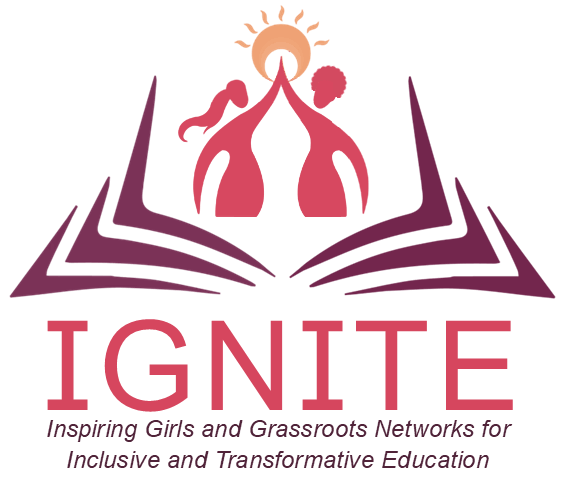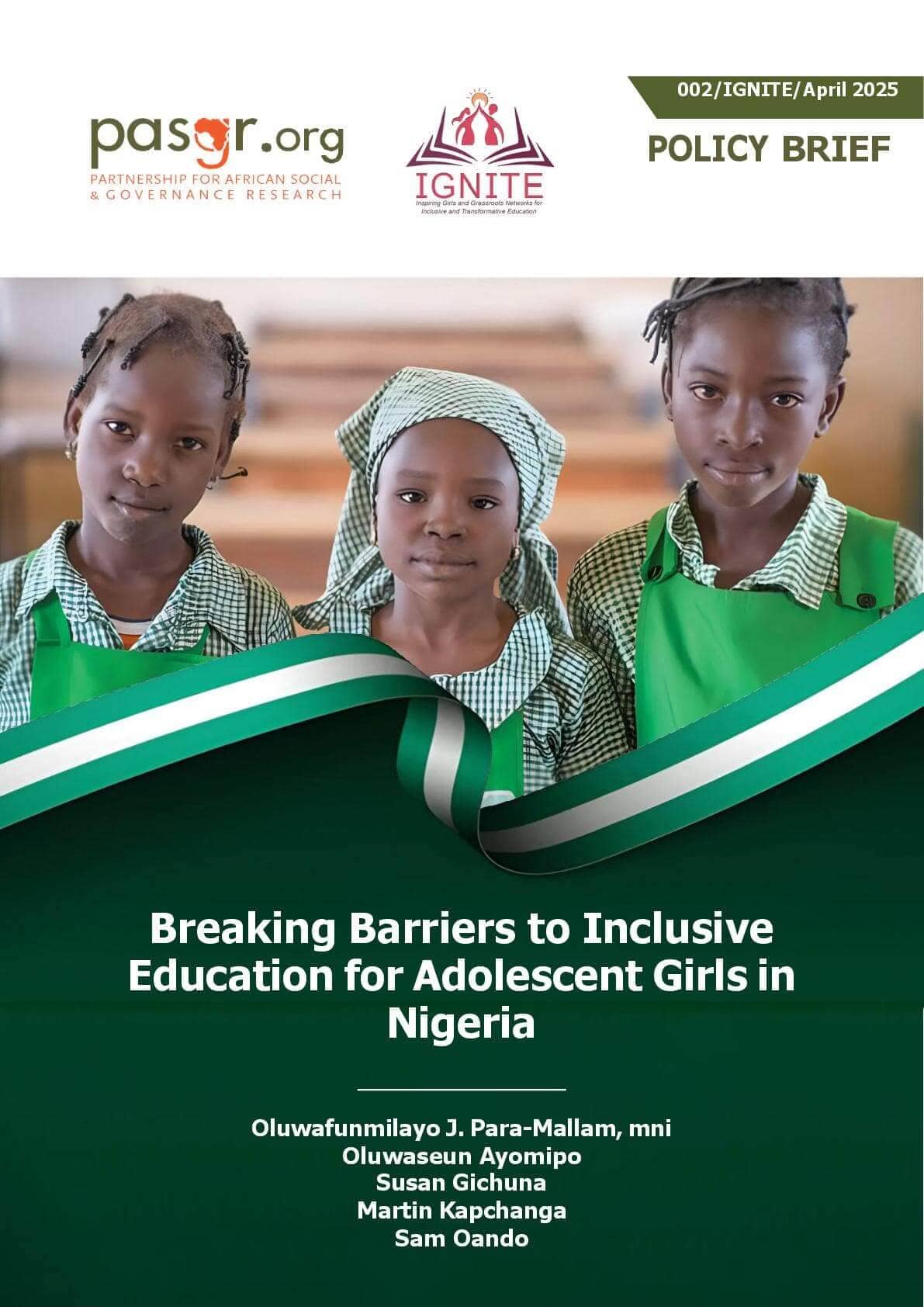Breaking Barriers to Inclusive Education for Adolescent Girls in Nigeria
In Nigeria, the interplay of historical, political, socio-cultural and economic factors contributes to the construction ofgender norms hinder many adolescent girls’ access to education. Of the country’s 18.5 million out-of-school children, 60% are girls (UNICEF, 2022). Political economy analysis (PEA) revealed wide gender disparities in girl-child enrolment and educational attainment across regions and urban/rural areas.This brief highlights critical pathways to overcoming barriers toadolescent girls’ access to inclusive and transformative education in Nigeria. It recommends mainstreaming gender equality and social inclusion approaches in education sector planning, financing and practice. This involves strengthening local governments, building a community of practice around gender- responsive budgeting, amplifying the voices of adolescent on matters that concern their education and general wellbeing, strengthening feminist CSOs in education sector policy advocacy and capacity building, and dismantling harmful cultural norms and practices that inhibit girls’ access to quality education.

